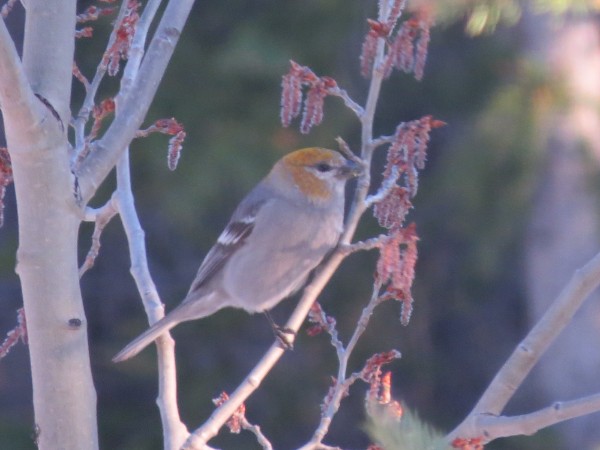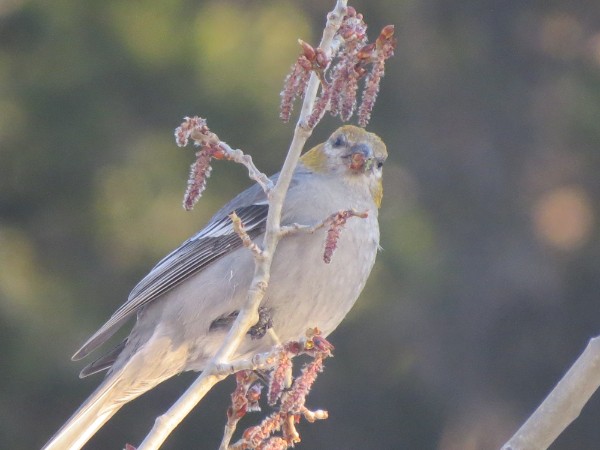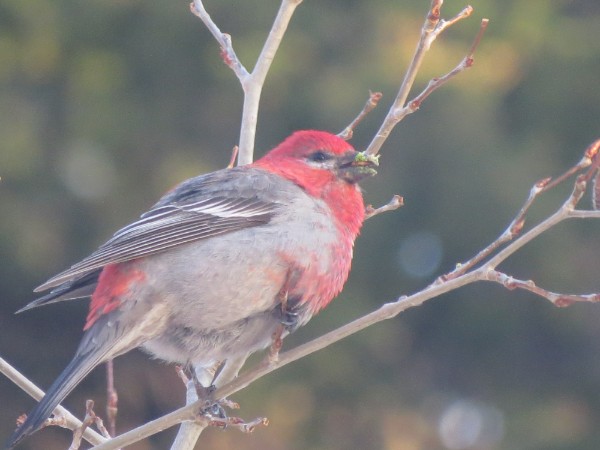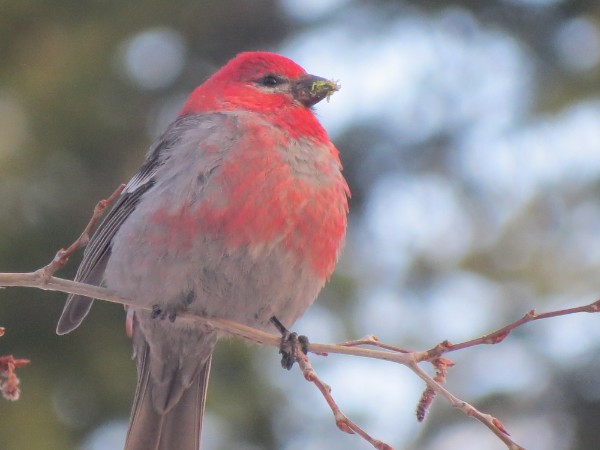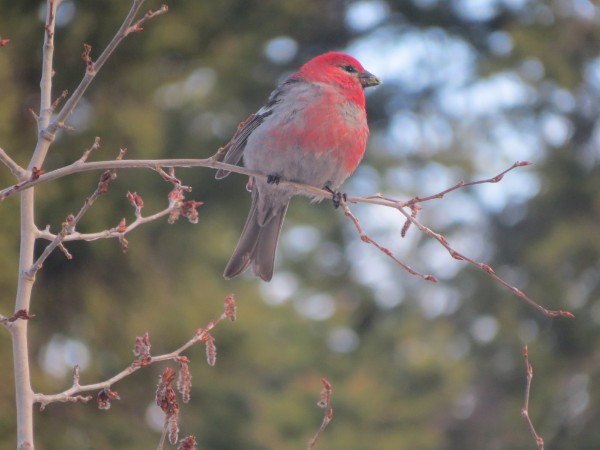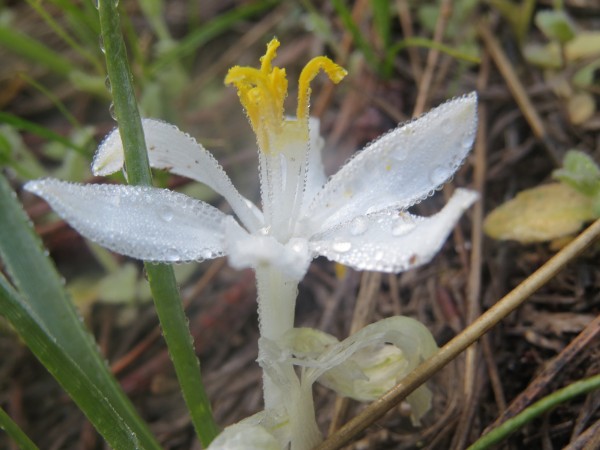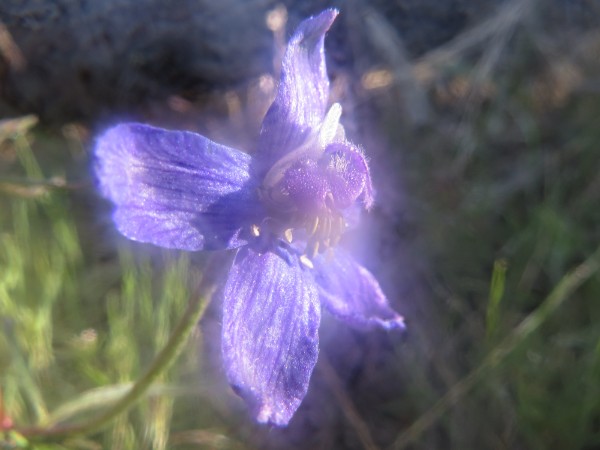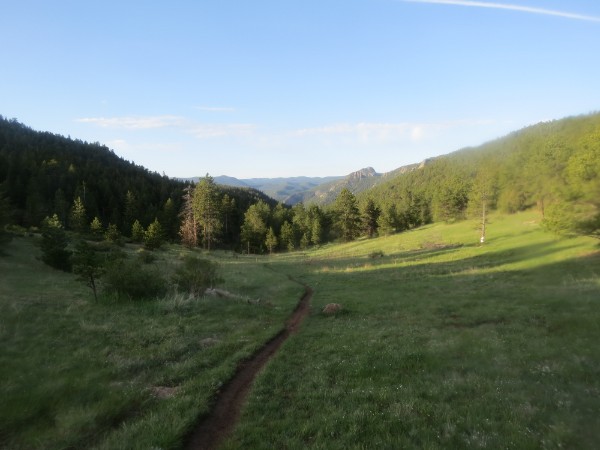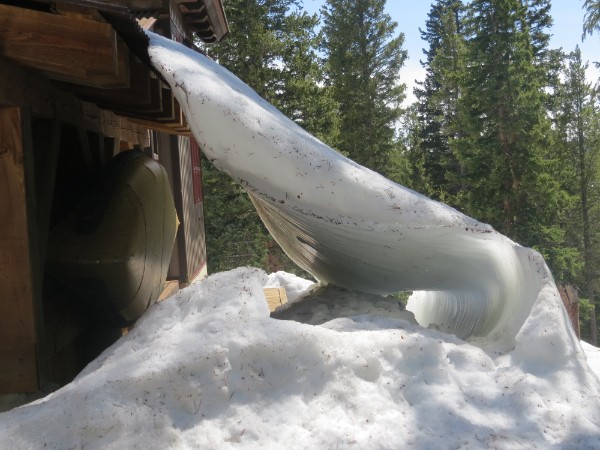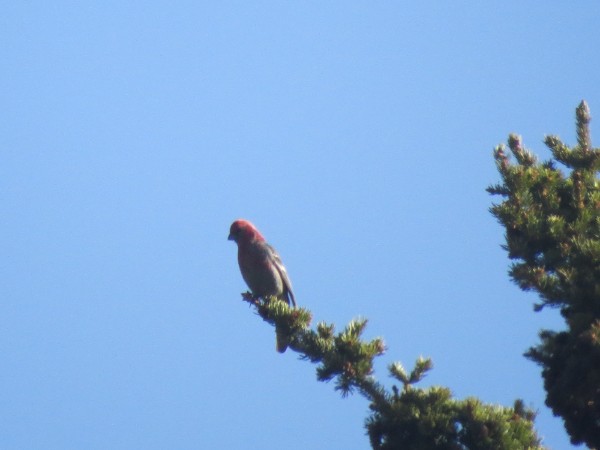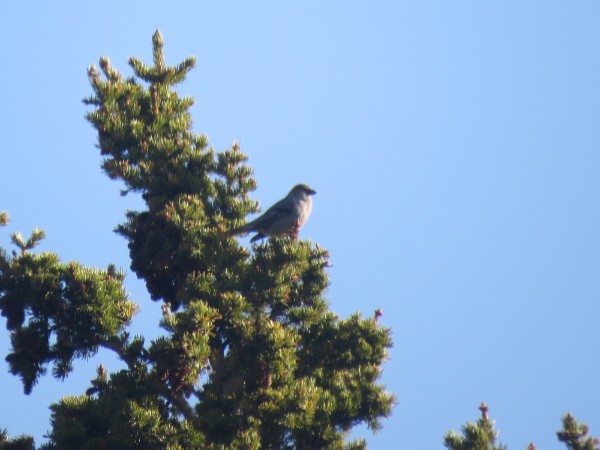Here is the second installment of my four-part African posting spree. Enjoy!
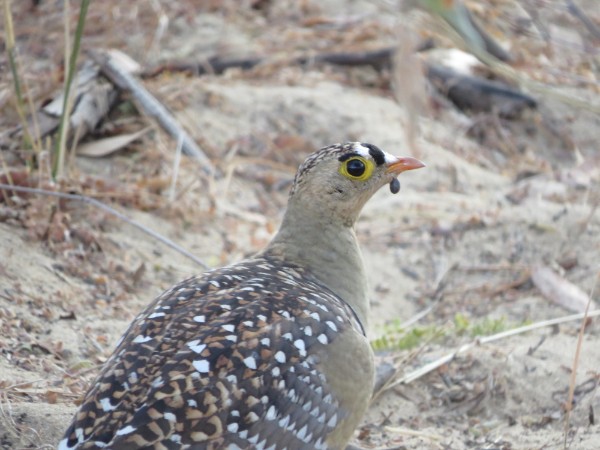
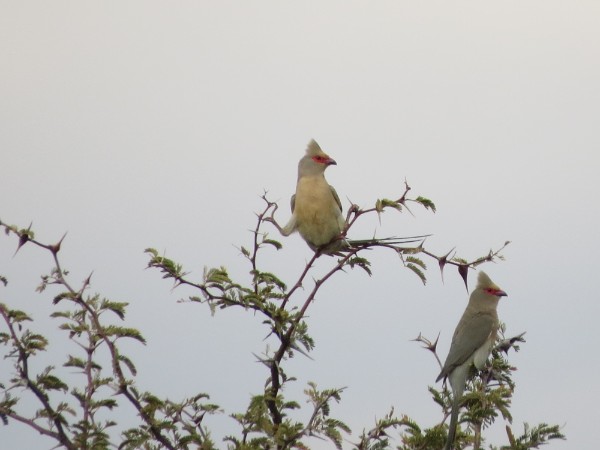

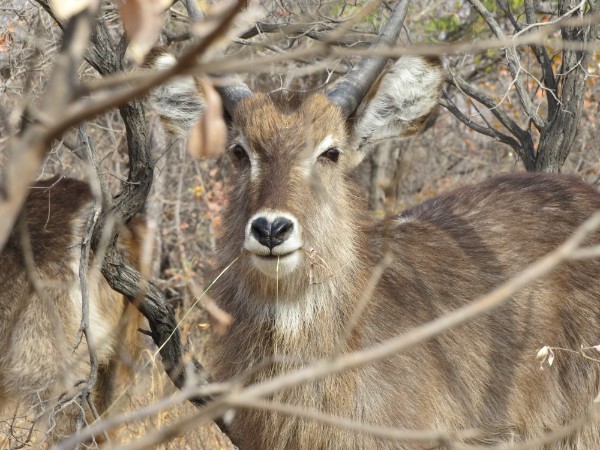

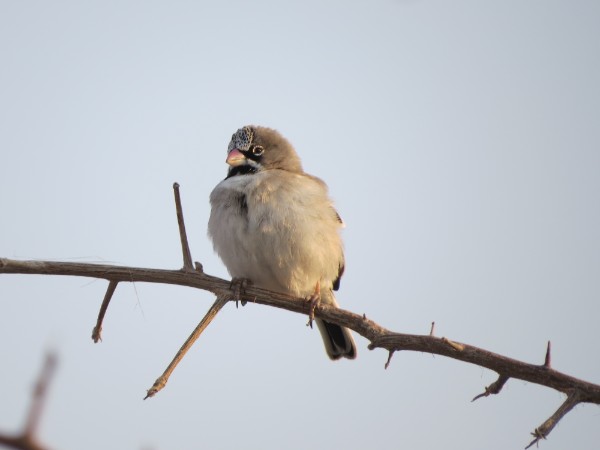
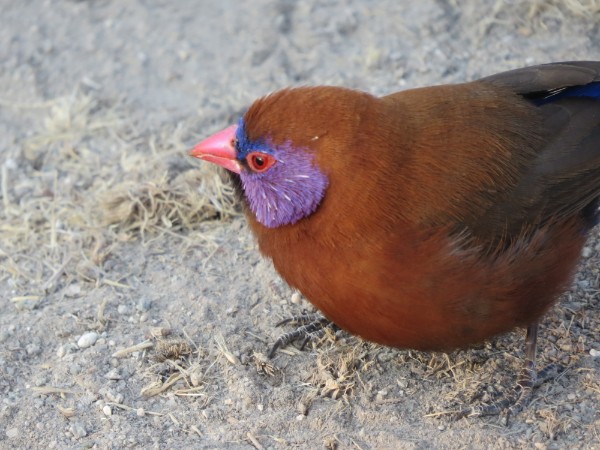
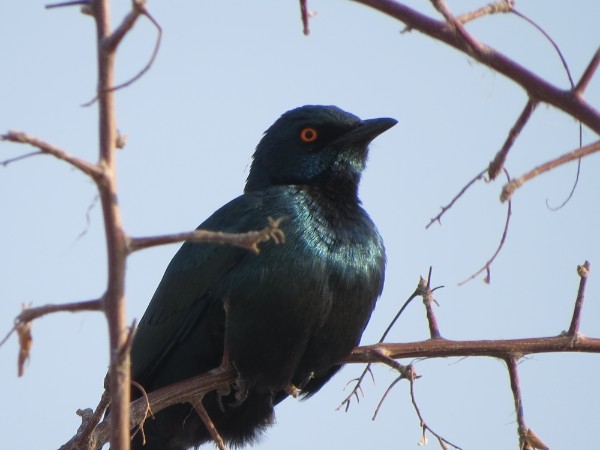
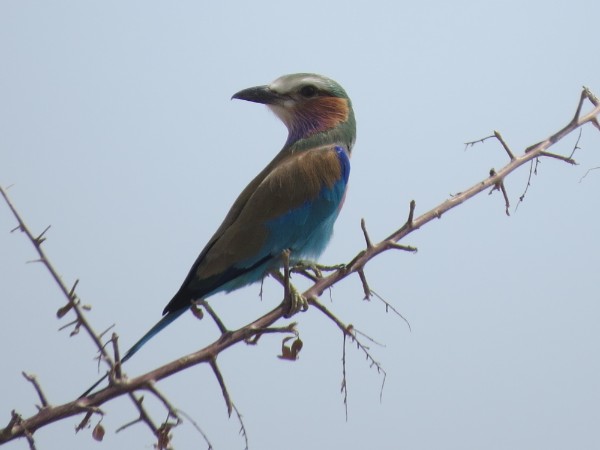
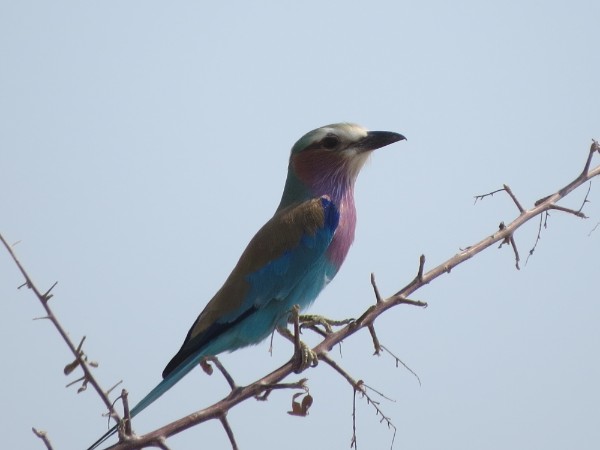
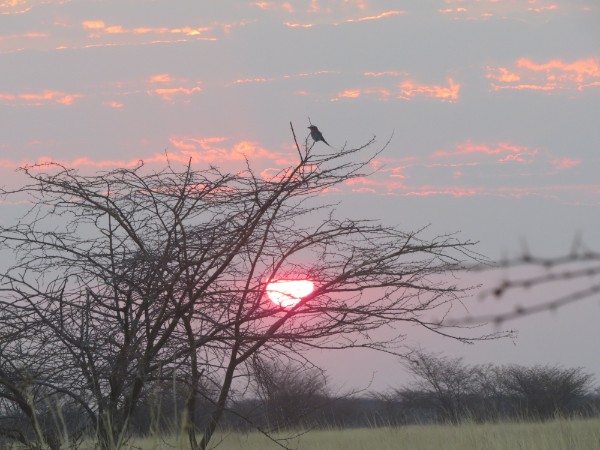
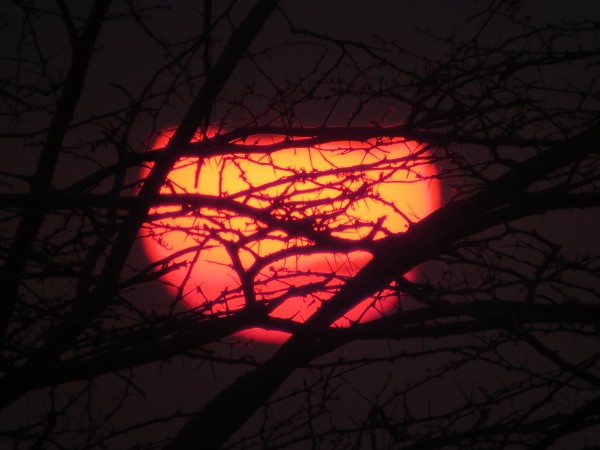
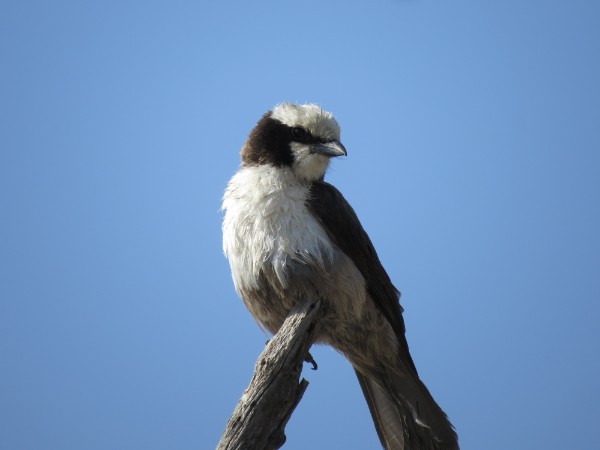
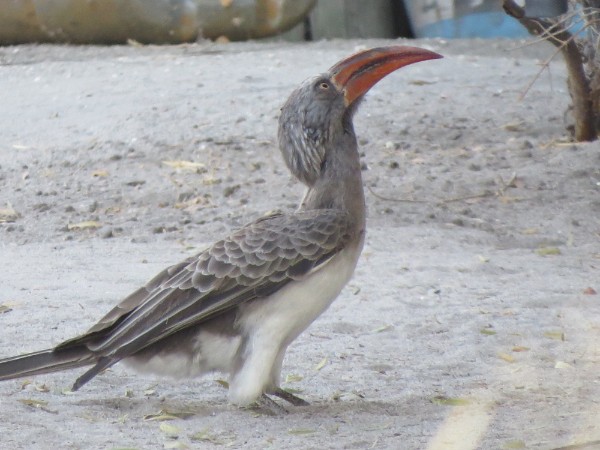
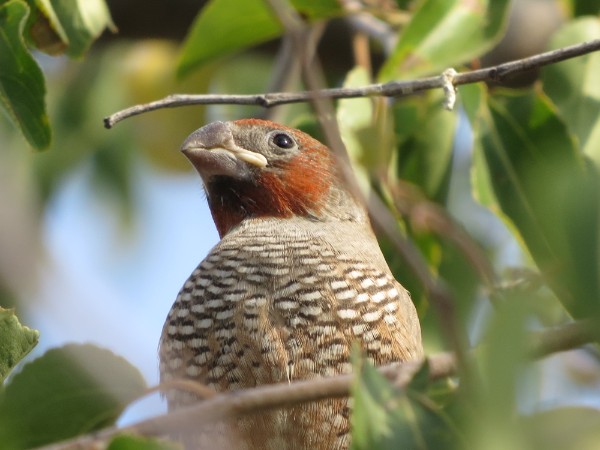
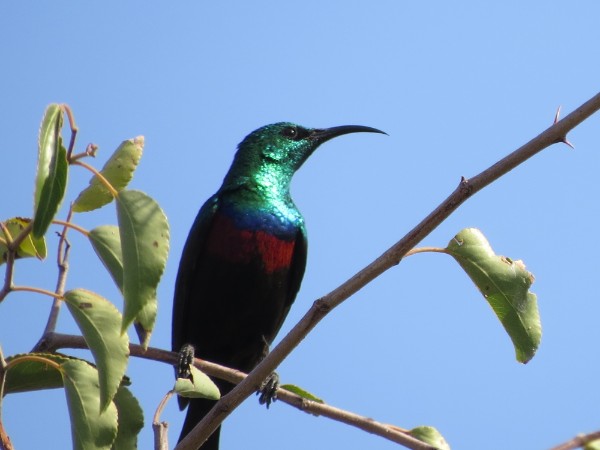
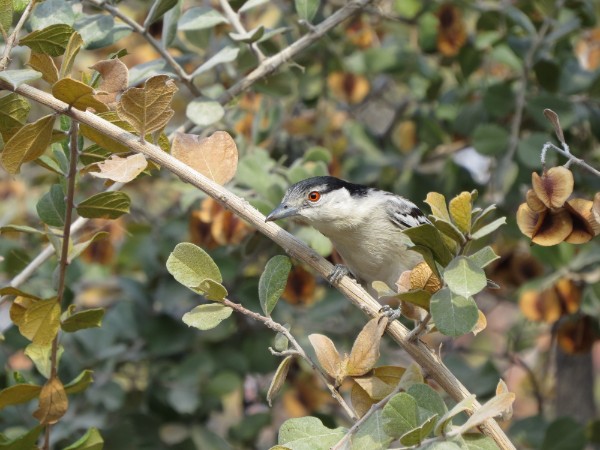

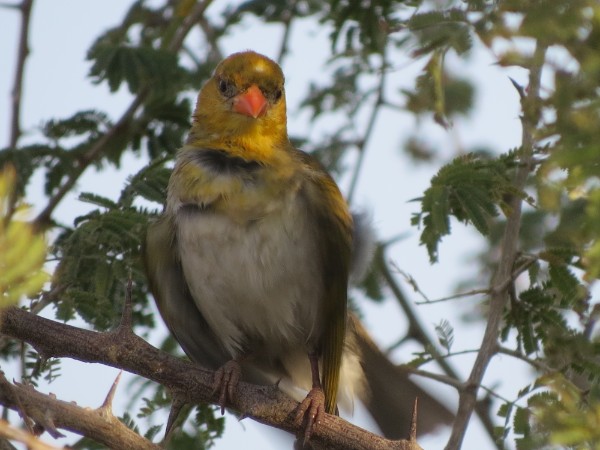

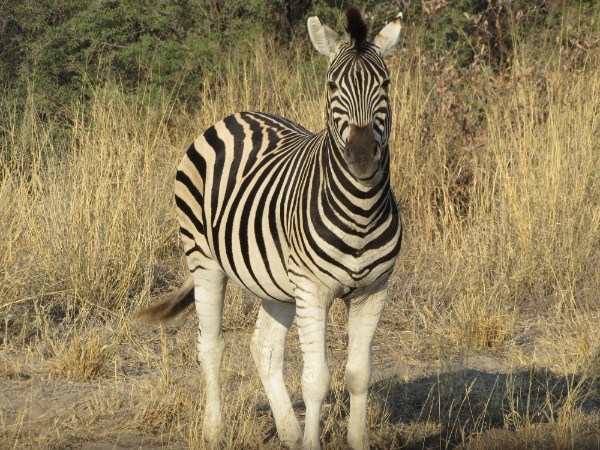
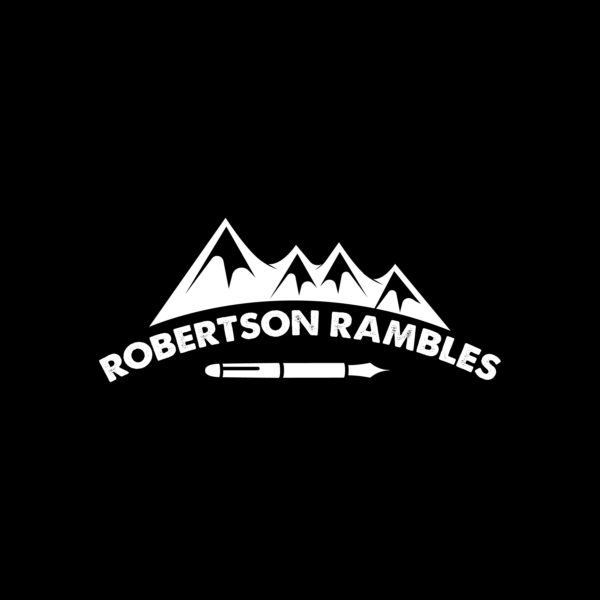
Here is the second installment of my four-part African posting spree. Enjoy!










































As many of you know, we are now in Africa! Currently we are in Victoria Falls, Zimbabwe, after doing a 12 day safari in Botswana with our guide Kabelo. As we are in Africa, I have seen over a hundred new species of birds and taken many photos of them (and a couple of the more interesting mammals). Because of this, today’s post may be a bit long. However, I think you will enjoy it! (Due to the large number of photos I would like to post I will be posting four installments, each with 21 photos. Because of this, the photos in this post are from August 3rd to the 5th, our first two days of the Botswana safari).
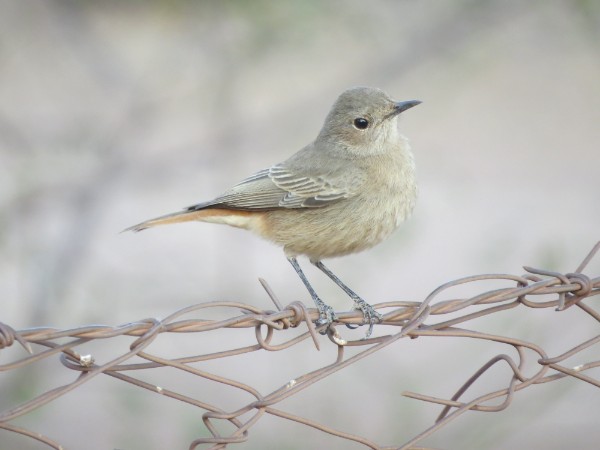

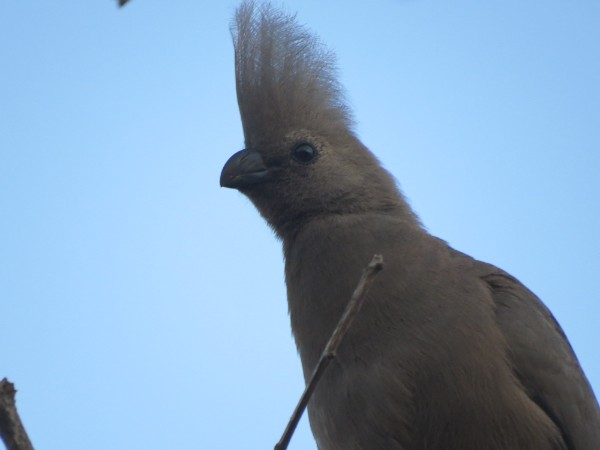
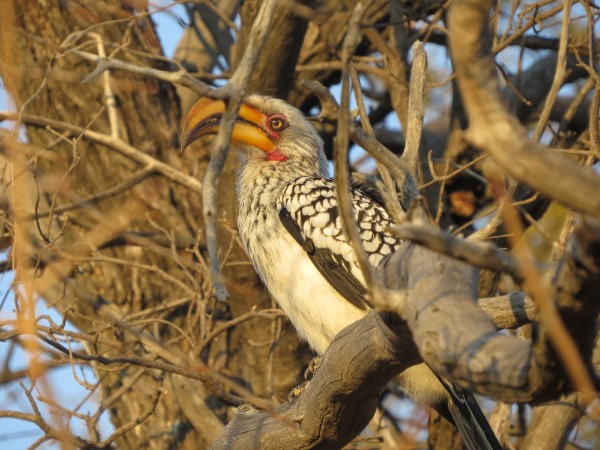
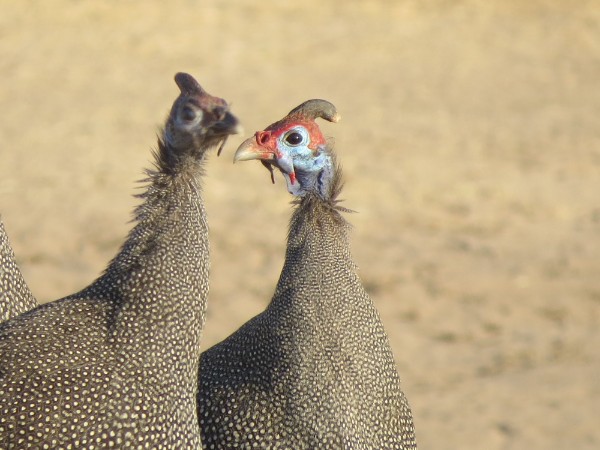



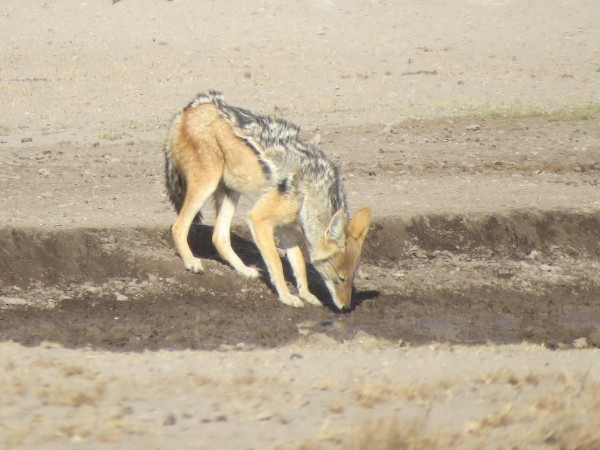

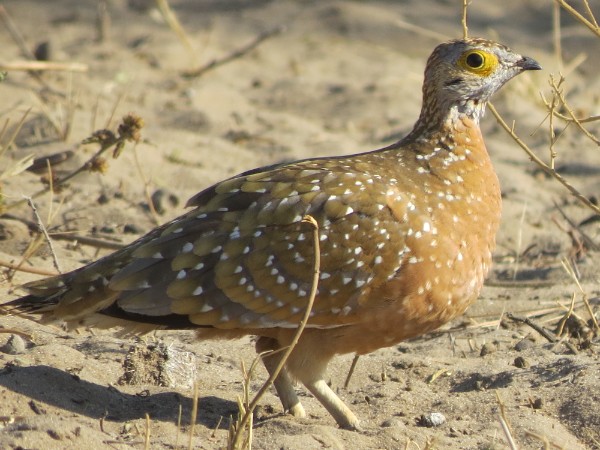
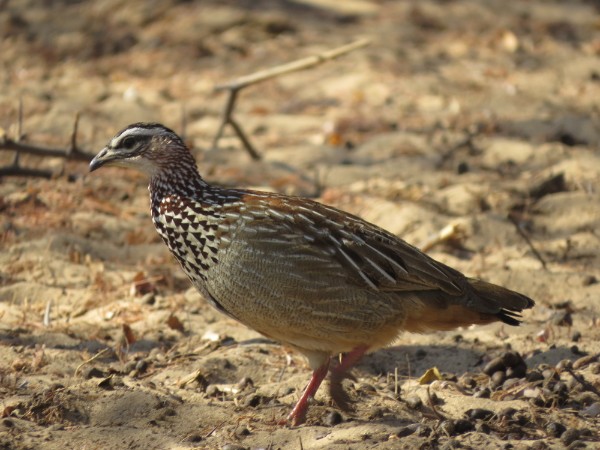
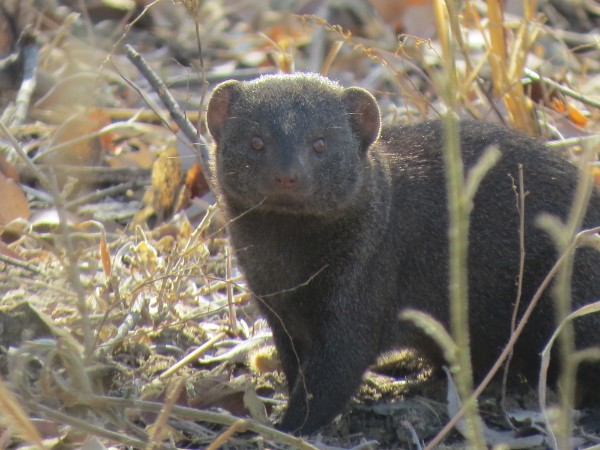

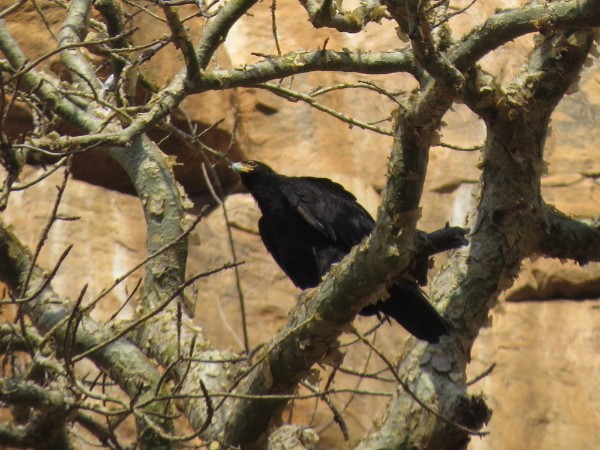
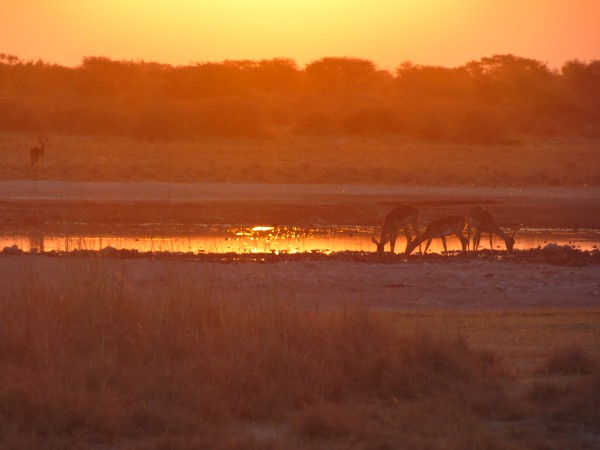

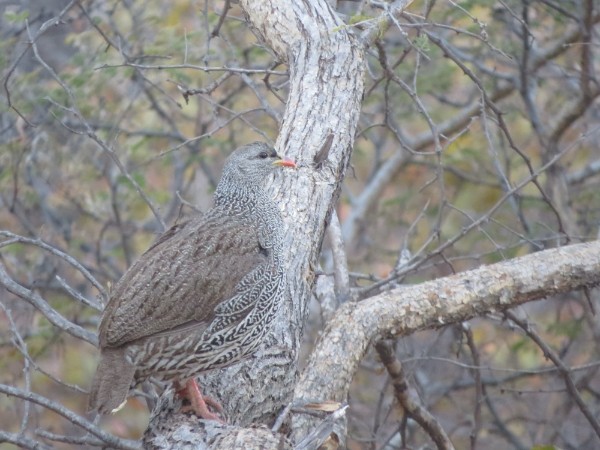
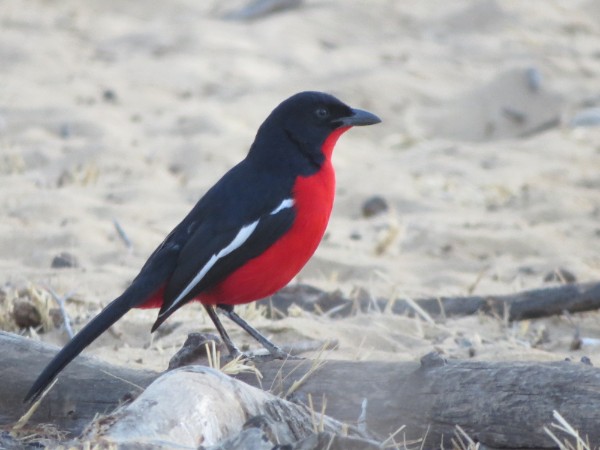
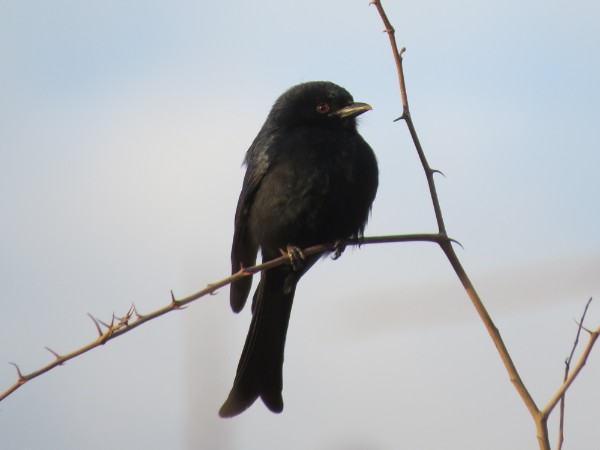


















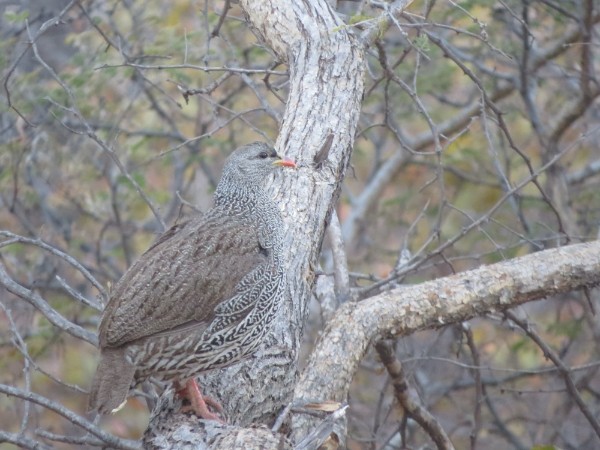



Verreaux’s Eagle-Owl
on a bare branch
directly along our path
in the last sunset light a camera needs
beneath the blue-white glow
of a nearly-full moon
he perches casually
as if we’ve conjured him
as if there were anything else we needed
as if we hadn’t been awed enough
our pink eyelids blink back at his
and our jaws hang open
our lips forming a wowed o
for owl
Owen took these photos
Saddle-billed Stork
out of the world
of tribal masks
and dances from the spirit realm
comes an ancestor
tall on thin black legs
with a bright white body
like a spotlight
then a long brilliant bill
orange-red like a night fire
off in the bush
then a shaman’s face
black, bony, banded
with ceremonial pigments
the same fire engine red
but also taxi cab yellow
he stands two hands higher
than the tallest reeds
herky-jerks his way
through the shallows
shaking his magnificent head
like a melodramatic puppet
bends low
comes up awkward
with more fish than he can swallow
manages anyway
ends up with a bream-shaped bulge
in his long smooth neck
when we drive past him the second time
I’m just as awed –
again he appears as
a fierce young warrior
long-limbed
and all adolescent elbows
As some of you know, I am doing a Big Year: a competition or personal challenge to see the most species of birds within a certain region in one year. It is customary to start on January 1st, but since that would not encompass all of our trip I started July 8th. In this case my region is the world. I am aiming to see 1,000 species of birds and to do that I need to maintain an average of 2.7 additional species per day. Currently my average is 5.46 and I have seen 71 species of birds in 12 days, 2 of them being my first ever. Here are some photos of some of those 71 species.







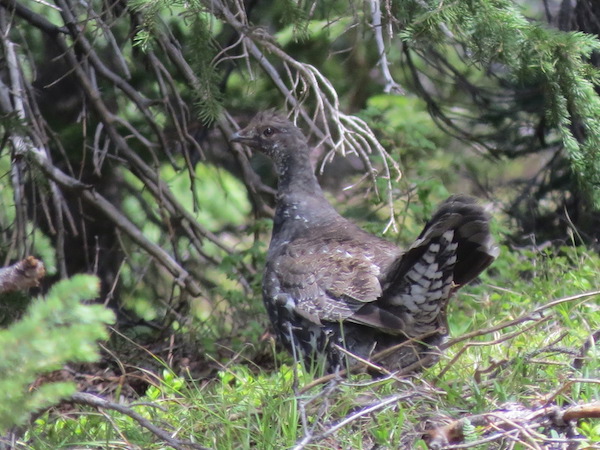










Yesterday we realized that the Mountain Chickadees have almost definitely taken up residence in the house on the deck. They may not yet have chicks, but we have observed them frequently flying into the hole, staying there for a minute, and exiting. They do this quite commonly even when we are having lunch on the deck, only several feet away! The hummingbirds have also put in many appearances at the feeder, and also visit while we are sitting there. With such close proximity, I have been able to get several good photos of both chickadees and hummingbirds. While watching the chickadees and hummingbirds, a small chipmunk made an appearance on a log below the deck. We also went on a short walk where we found several flowering Chiming Bells. I was able to get some close-ups of these, which was easy as they don’t fly away immediately. Here they are!
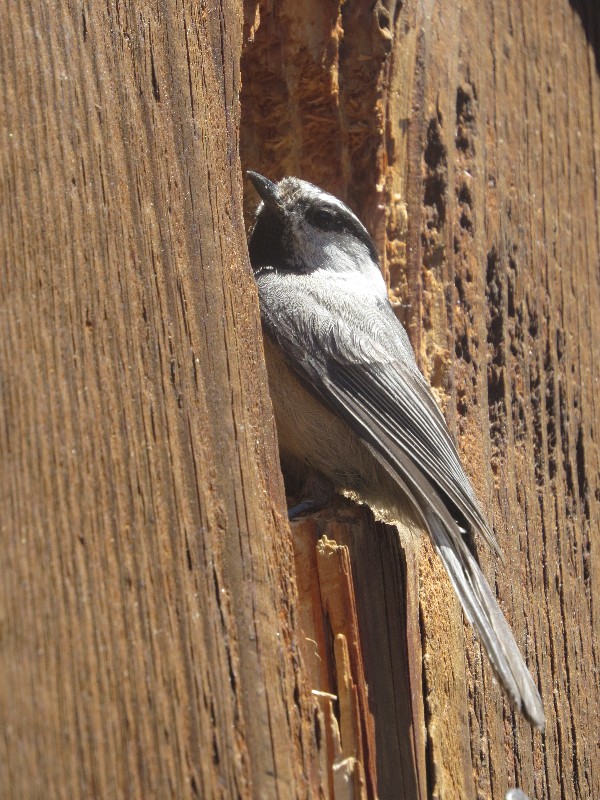

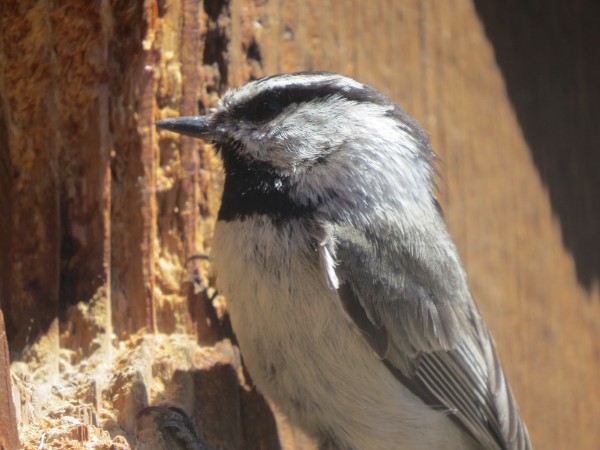
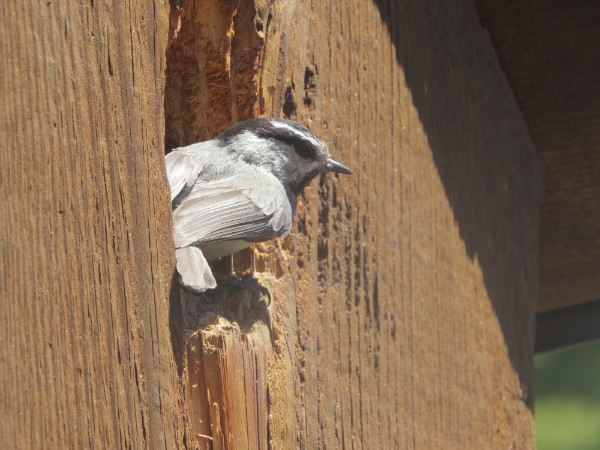
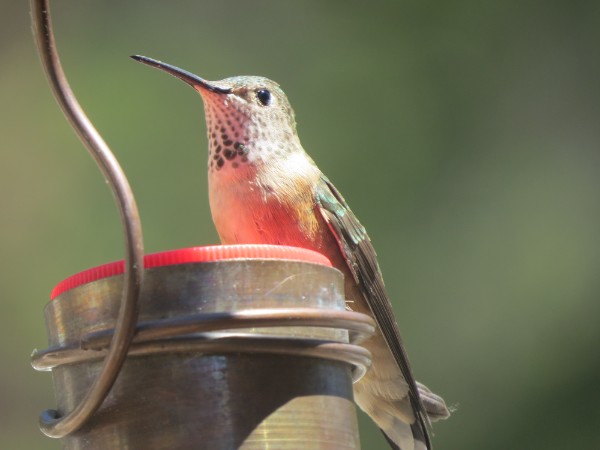
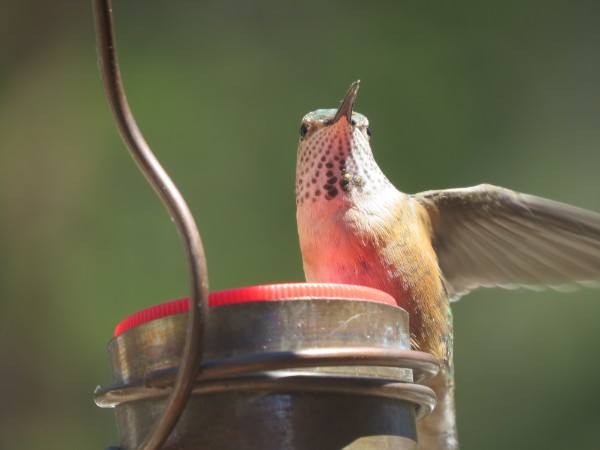
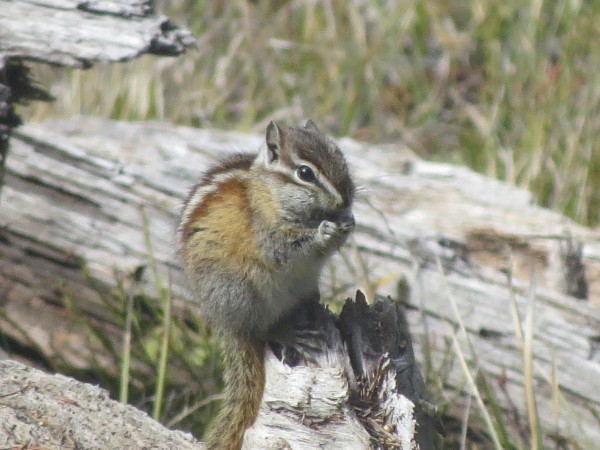
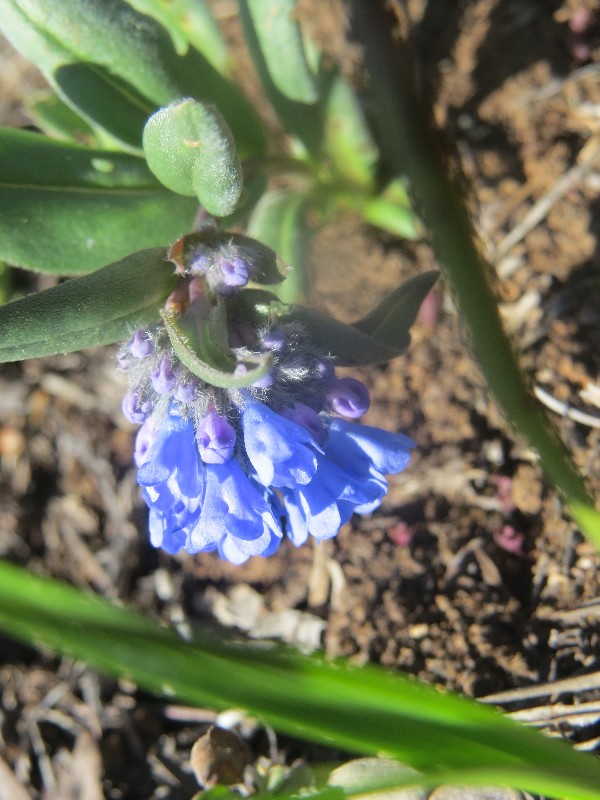










Yesterday we took a trip down into Buena Vista, where the weather was a lot warmer and there were different birds! We saw a Yellow Warbler, my first in a while, and a yellow form of a Pine Siskin, along with a Wyoming Ground Squirrel. Before that, however, we saw a Ruby-crowned Kinglet in our driveway. I managed to get a photo that shows the kinglet’s crest, rarely visible. On our way back from Buena Vista, we got quite a surprise. On the road in front of us was a Black Bear! It turned and ran, so I couldn’t get any direct photos of it, but Cedar found some fresh tracks that I got shots of. Two of the photos have my hand in them for comparison. Here they are!

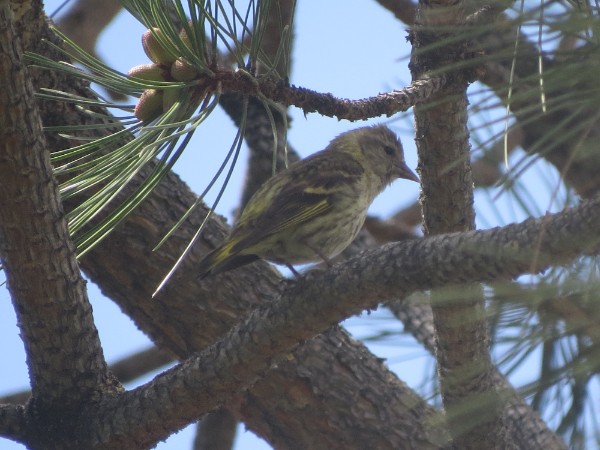

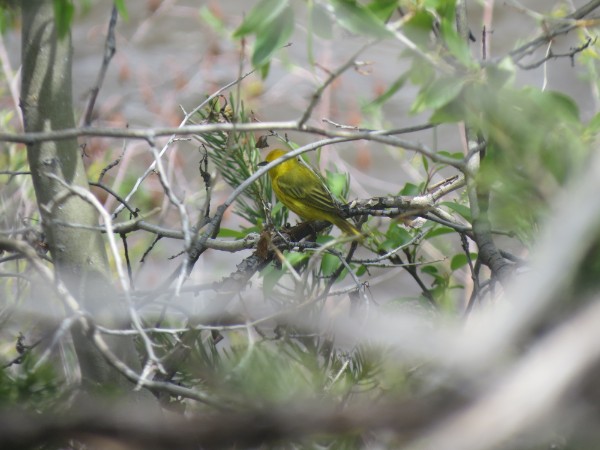
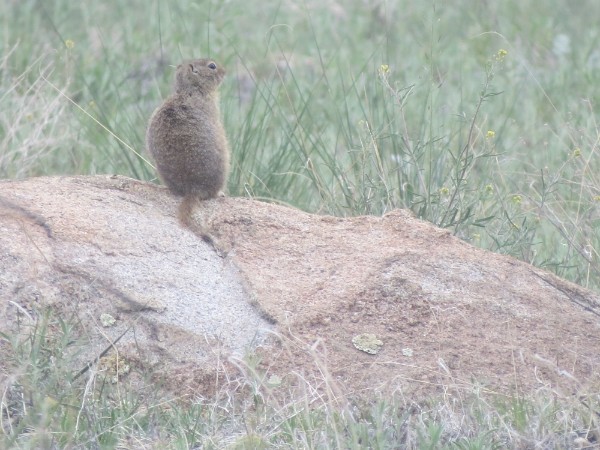

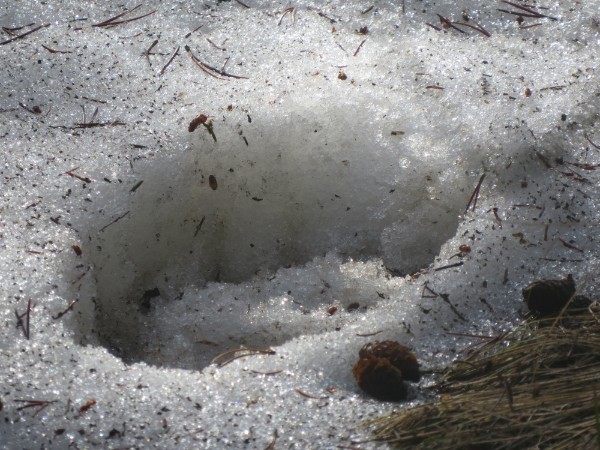
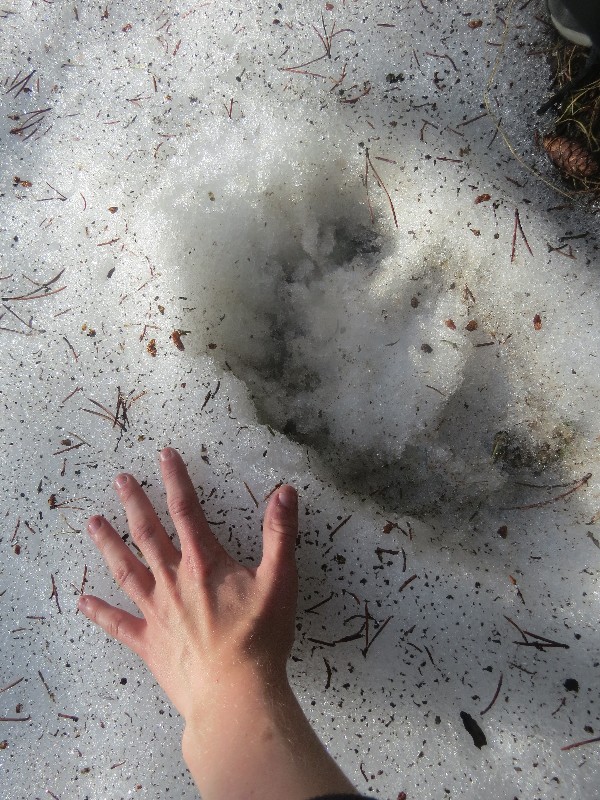

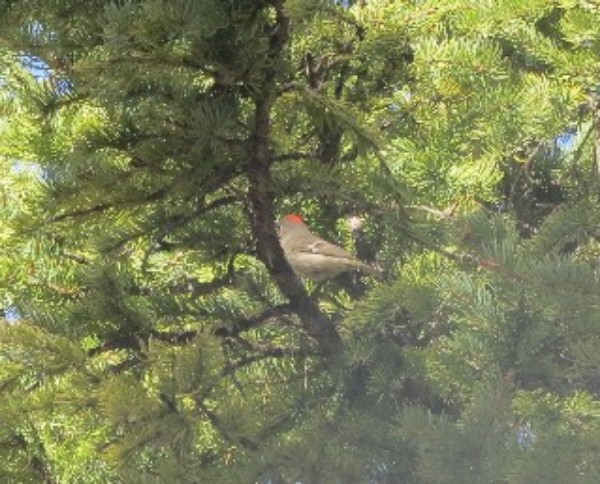








Yesterday we went on a short walk on the Mineral Belt Trail. The trail provided many opportunities for birding and provided excellent views of Mountain Bluebirds, Brown-headed Cowbirds, Pine Siskins, and many more. Additionally, the birds around the cabin were particularly active, such as Violet-green Swallows fighting for food, and Mountain Chickadees visiting a potential nest site right on the deck! Here are some of the highlights.
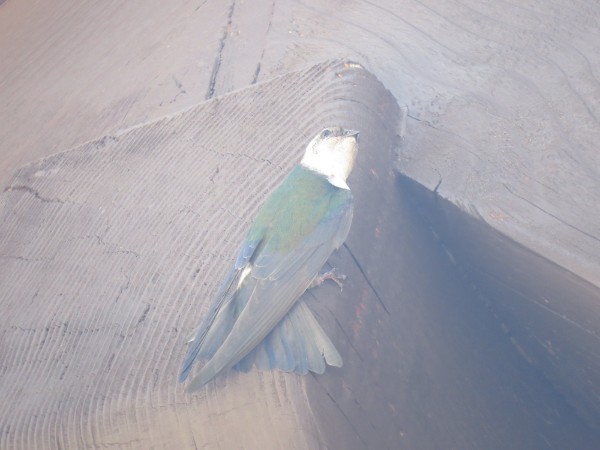

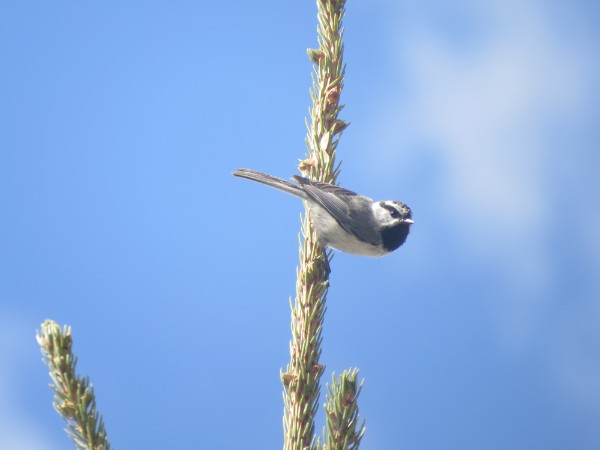

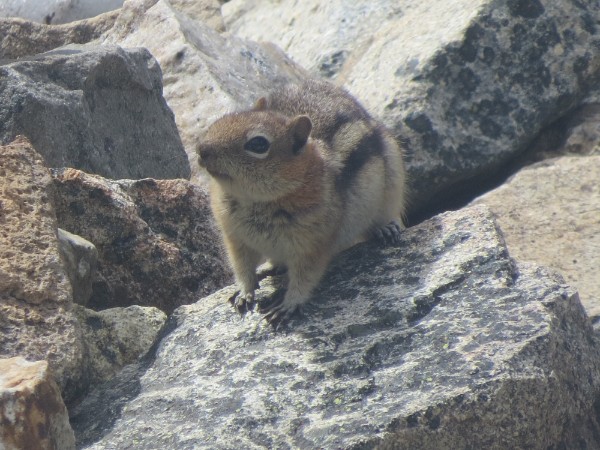

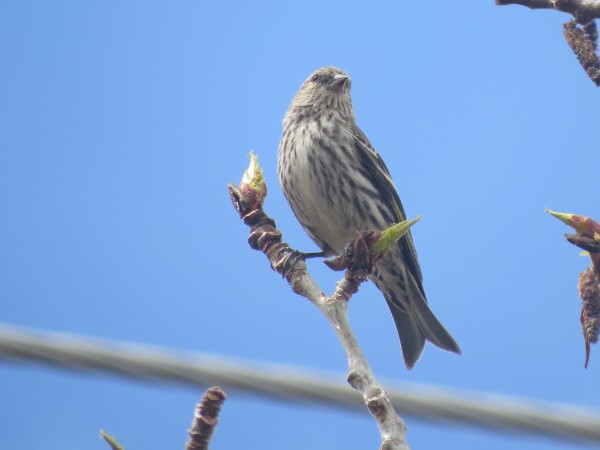
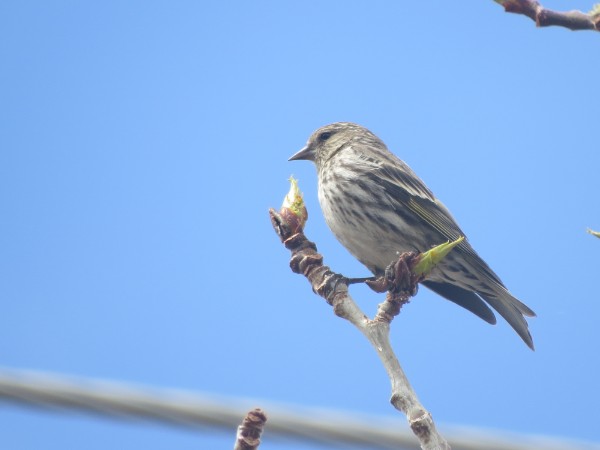
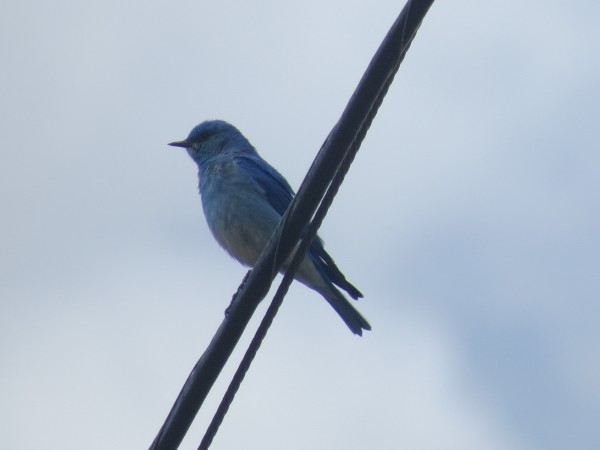
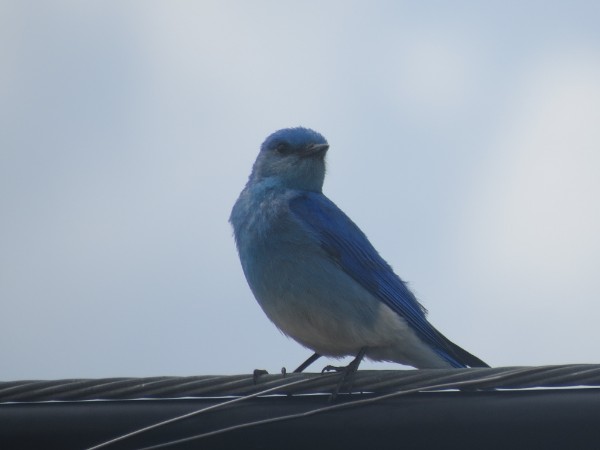
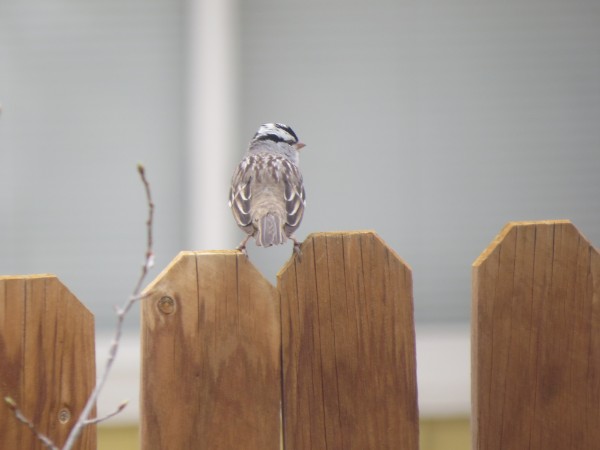
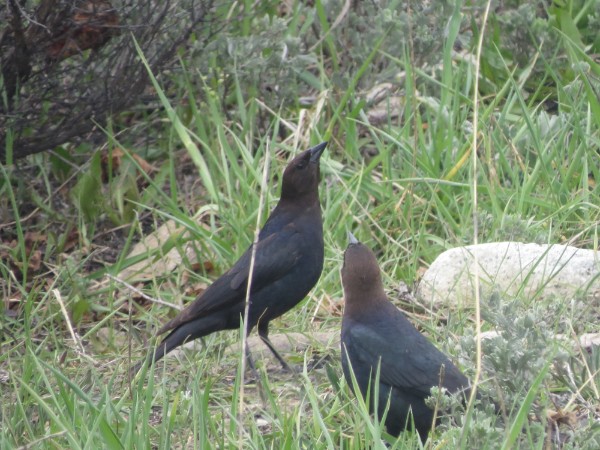












Yesterday I posted some photos of a pair of Pine Grosbeaks that visited our yard. The grosbeaks stayed far away, and I wasn’t able to get good pictures, but they returned yesterday evening and provided great views, mainly of the male, and I was able to get better photos. Here they are!
